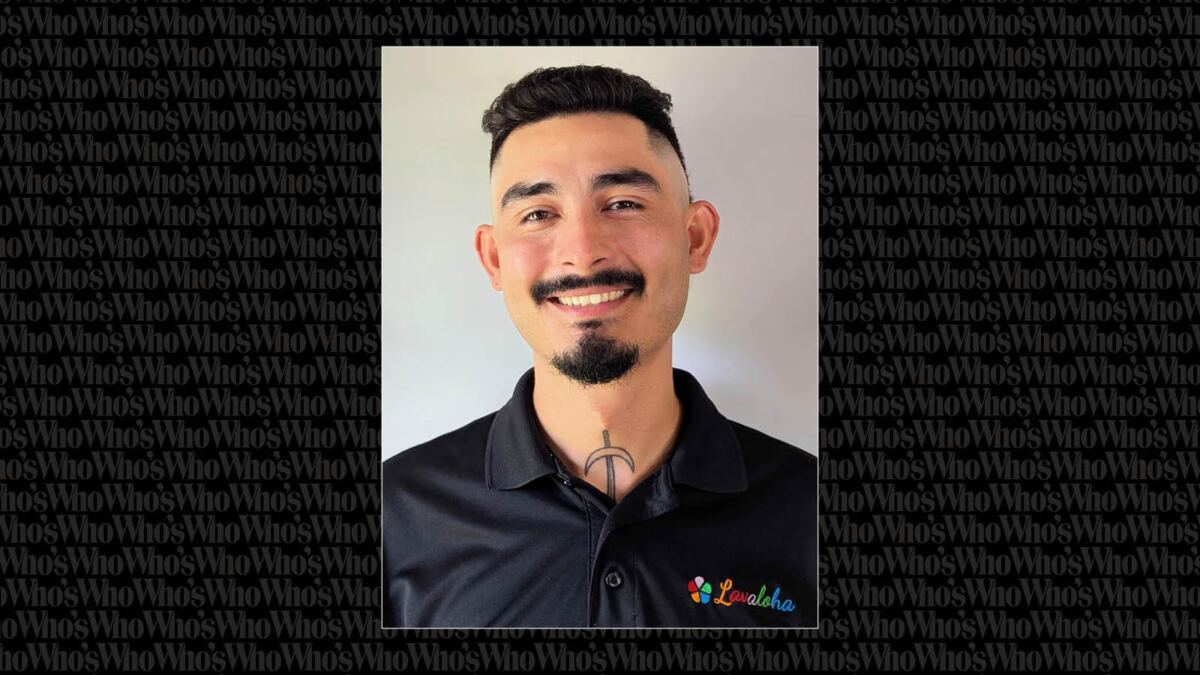Hawaii has long been known for its rich agricultural heritage, with crops like coffee sustaining generations of islanders. However, there is a new contender that is gaining notoriety in the farming domain — chocolate. Daeus Bencomo is the president of the Lavaloha Chocolate Farm and a passionate advocate for the Hawaiian cacao market.
“The main goal I have for this farm is to get the name of Hawaiian cacao out into the world so we don’t have to rely heavily on traded cacao from Western Africa, Southern America, and Southeast Asia,” Bencomo explains.
The Origins of the Lavaloha Chocolate Farm
Located on the slopes of Mauna Kea, Lavaloha is nestled on land formed by volcanic activity that also created the island. The area beneath the mountain drew the attention of the original Polynesian settlers because it contained an abundant freshwater source, which was important for their ongoing survival. They were the first people to plant crops on the slopes, cultivating staple crops such as breadfruit.
Agriculture has been important to the Hawaiian people since the first settlers. Over the years, it has evolved from food grown to sustain the population to a thriving industry. Sugarcane was a particularly popular crop that dominated the island’s economy for 100 years. By the late 1980s, the sugarcane industry in Hawaii collapsed and smaller farms took over the agricultural landscape.
In the early 2000s, a group of professionals was drawn to the area. Consisting of engineers, musicians, mechanics, artists, and farmers, they worked hard to transform the land. They cleaned up the property and started to experiment with different crops, discovering what would and what would not grow.
It was during that time that the group determined that cacao was a crop that would grow on the land, a big step in the evolution of the new chocolate industry in Hawaii. Because the islands did not have generational knowledge about cacao, the early pioneers in the chocolate industry in Hawaii learned by experimentation. They worked with makeshift tools and learned to create chocolate from scratch.
This is how the Lavaloha Chocolate Farm was nurtured into existence, and it continues to grow to this day.
The Lavaloha Chocolate Farm Today
Like the farm itself, Bencomo found his place on the slopes of Mauna Kea. Originally an agricultural laborer who enjoyed his time in the field, he was noticed by his supervisor as someone with the potential to be a leader. Eventually, he took over as farm manager and learned how to make chocolate with the production team.
After a year, Bencomo became president and now oversees all aspects of the farm. He is passionate about the growing cacao industry in Hawaii, regarding it as the start of a new Hawaiian tradition.
“I want the Hawaiian cacao name out there,” Bencomo says. “I want to leave a legacy for my daughter for her to look back on and be proud of where her family comes from and how we work and operate.”
The farm workers and chocolate makers no longer use makeshift tools. The skilled workers use sophisticated equipment and are continuing to learn and innovate new, sustainable ways to create their product. The farm values its workers and makes certain their working conditions are held to ethical standards.
The Lavaloha Chocolate Farm is an example of single-origin production. The cacao trees are planted, grown, and harvested on the farm. The cacao used to create the chocolate all comes from the groves. Since the cacao beans are all from the same source, the chocolate retains a unique flavor signature.
Bencomo’s expertise in sustainable agriculture and commitment to the Hawaiian cacao industry have been recognized by Marquis Who’s Who. As Hawaiian chocolate gains greater recognition, Lavaloha stands as a testament to the resourcefulness of the islands’ agricultural heritage. With his leadership, Bencomo brings Hawaiian cacao to the global stage and builds a lasting legacy for future generations.

